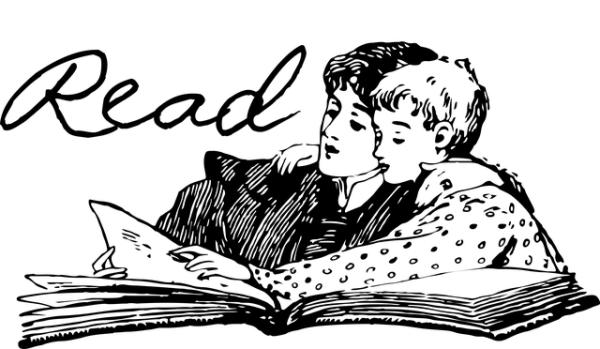“Architects, builders, and sustainability advocates are all abuzz over a new building material they say could substantially reduce greenhouse gas (GHG) emissions in the building sector, slash the waste, pollution, and costs associated with construction, and create a more physically, psychologically, and aesthetically healthy built environment.
The material is known as, uh, wood.”
OK, let me be honest, as an amateur furniture builder, I have loved wood from my first day in “Wood Shop” in junior high making a sanding block. I am so happy to see it’s returned. From Vox, The hottest new thing in sustainable building is, uh, wood
“We are going to chase perfection, and we will chase it relentlessly, knowing all the time that we can never attain it, because along the way we shall catch excellence.”
Those are the words of Vincent Lombardi, the famed coach, and are part of a longer lecture, now article by Thomas Aloia MD, a liver surgeon. He is writing about striving for perfection in an article entitled, Should Zero Harm Be Our Goal? It is an article written by a surgeon for a surgical audience, but I think it will provide insight into both how masterful surgeons act and feel as well as some context for a bespoke craft and burnout.
“The nature of the scientific process is such that researchers have to pick small, pointed questions. Scientists are like diners at a restaurant: We’d love to try everything on the menu, but choices have to be made. And so we pick our field and subfield, read up on the hundreds of previous experiments done on the subject, design and perform our own experiments, and hope the answers advance our understanding. But if we have to ask small questions, then how do we begin to understand the whole?
Neuroscientists have made considerable progress toward understanding brain architecture and aspects of brain function. We can identify brain regions that respond to the environment, activate our senses, generate movements and emotions. But we don’t know how different parts of the brain interact with and depend on each other. We don’t understand how their interactions contribute to behavior, perception, or memory. Technology has made it easy for us to gather behemoth datasets, but I’m not sure understanding the brain has kept pace with the size of the datasets.”
There is always a pull and push between reductionist and holistic views; science is no exception. Understanding science requires us to hold those contradictory positions simultaneously, to vacillate between the two. The burgeoning field of neuroscience is generating so much Big Data that one has to ask whether we will be able to understand what we find entirely. This week, there was an announcement of Google and scientists fully mapping the mouse brain, its connections or connectome. From Nautil.us, an exploration of scientists at the cutting edge of connectomes trying to hold contradictory positions, a bit of insight into the mind of some scientists. An Existential Crisis in Neuroscience.
“…New York City would institute a total ban on the sale, display, or possession of a commodity that posed a “serious and threatening emergency to the city.” This substance, at the time available in any city market, was controlled by “a monopoly of doubtful legality” (in other words, the mafia). To control its price and distribution, these criminals were engaged in violence and intimidation that the tough-on-crime mayor wanted to root out.”
Could this be about vaping, sugary beverages, or any of several nutritional “super villains?”
A close read will tell you that this is not a current piece, Mayor de Blasio has never been known as tough on crime; perhaps they meant Rudi or Mike or even Ed. The truth of the matter, it refers to “the Little Flower,” Mayor LaGuardia, whose story I love, but whose airport I hate. And the substance, the artichoke. Long before there was Big Food, there was the agromafia. From Atlas Obscura, In 1930s New York, the Mayor Took on the Mafia by Banning Artichokes.




